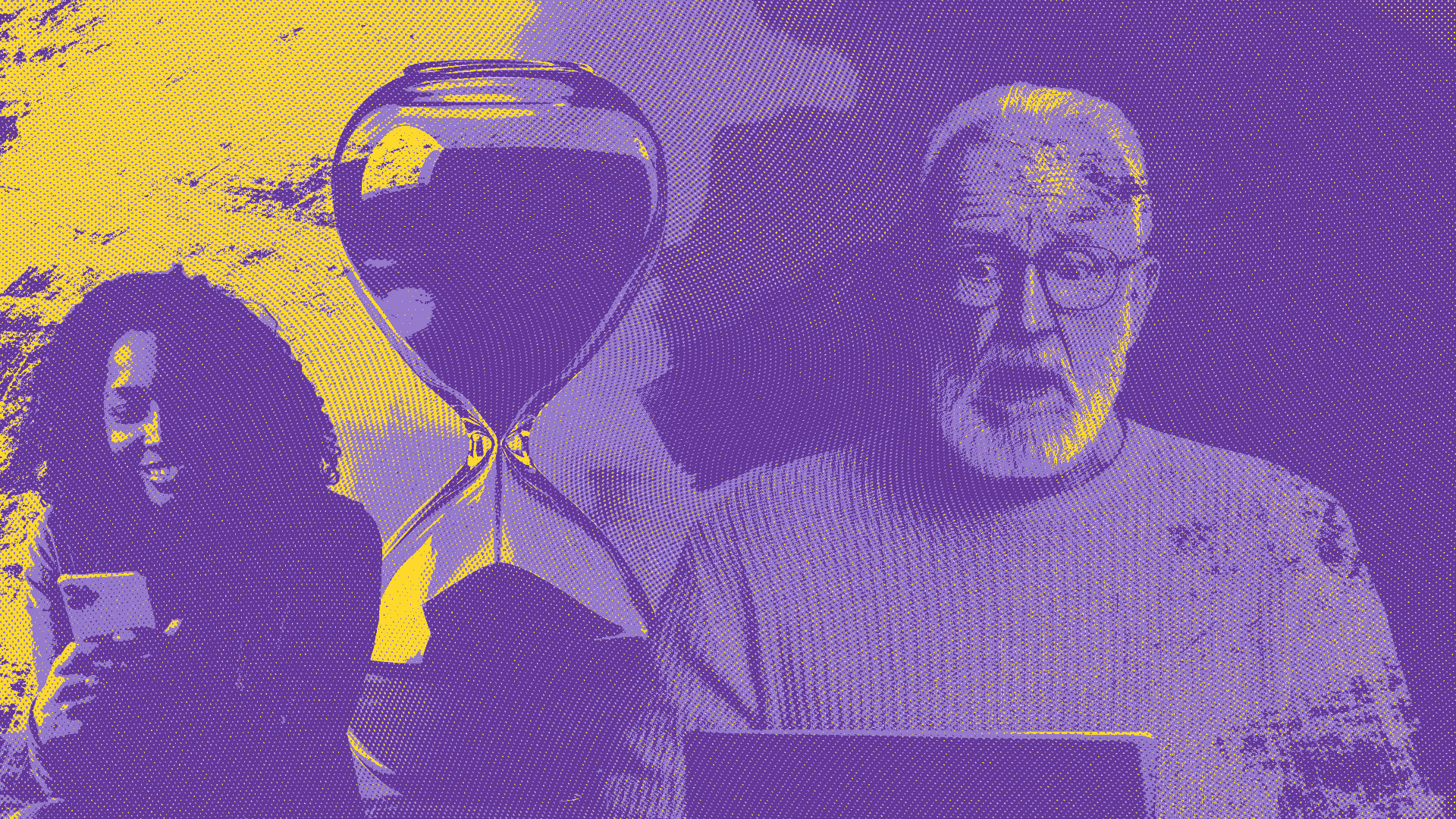Table of contents
The origins of flow theory in psychology
The concept of flow was introduced by psychologist Mihály Csíkszentmihályi in the 1970s, describing a state of deep focus and immersion where people lose track of time and perform tasks with heightened efficiency. This state occurs when a challenge aligns perfectly with an individual’s skill level, creating a seamless experience of engagement. In traditional settings, flow has been studied in artists, athletes, and musicians, highlighting its role in peak performance and creativity.
Digital environments have adapted this psychological principle to enhance user experiences. Whether through social media, gaming, or app interfaces, platforms are designed to minimise cognitive friction and maintain engagement. Interactive elements, intuitive navigation, and responsive feedback loops all contribute to creating an environment that sustains user focus. The more effortless and rewarding an interaction feels, the deeper users fall into a state of digital flow.
How flow translates into the digital experience
Achieving flow in digital spaces requires balancing usability, challenge, and instant feedback. When a user effortlessly navigates a website, completes a task without frustration, or stays engaged in an app without external distractions, they experience flow. This is why platforms like YouTube and TikTok continuously queue content, eliminating the need for manual input and allowing users to remain immersed.
Applications that disrupt this experience through slow loading times, intrusive ads, or complex navigation break the flow state, leading to frustration and disengagement. Designers focus on reducing these interruptions by employing features such as predictive text, auto-suggestions, and progressive disclosures, keeping users within the optimal zone of engagement. The goal is to create an intuitive digital environment where every interaction feels effortless and rewarding.
Cognitive load and seamless interaction
User engagement hinges on cognitive load—the amount of mental effort required to process information. Digital interfaces that overwhelm users with excessive choices, cluttered layouts, or unclear navigation increase cognitive load, making engagement difficult. Streamlined designs that prioritise simplicity and intuitive functionality help reduce this mental strain, allowing users to interact with content effortlessly.
Minimalist interfaces, clear visual hierarchies, and progressive disclosure techniques enhance engagement by presenting only the most relevant information at any given moment. When users can predict system behaviour without unnecessary decision-making, they stay focused and immersed. This principle explains why applications like Google Search or Spotify’s autoplay function feel fluid—each interaction is effortless, reinforcing continuous engagement.
The role of dopamine and motivation in digital environments
Dopamine, a neurotransmitter linked to motivation and pleasure, plays a critical role in digital engagement. Platforms leverage dopamine-driven reinforcement loops to encourage prolonged interaction. Every like, comment, or notification triggers a small dopamine release, reinforcing habitual usage and creating anticipation for future rewards. This mechanism is fundamental in social media, gaming, and e-commerce experiences, keeping users engaged for extended periods.
Variable reward systems further strengthen digital flow. Unlike predictable experiences, intermittent reinforcement—such as randomised notifications or surprise content recommendations—keeps engagement levels high. This unpredictability mimics the reward mechanisms found in gambling, making users more likely to return. When combined with seamless design and low cognitive load, dopamine-driven interactions make digital platforms highly compelling and, in some cases, addictive.
Elements of digital flow in UX and UI design
A seamless digital experience depends on reducing friction—any obstacle that disrupts user interaction. Complex menus, excessive form fields, or slow load times create frustration, breaking the state of flow. Platforms that optimise for speed, clarity, and intuitive navigation keep users engaged effortlessly. Simple yet effective design choices, such as single sign-on (SSO) authentication and autofill functions, eliminate unnecessary steps, making interactions fluid and continuous.
Consistency in design also contributes to flow. Predictable patterns, familiar iconography, and well-structured layouts help users navigate digital spaces without conscious effort. When interfaces feel natural and predictable, cognitive strain decreases, allowing users to focus on their tasks rather than deciphering how the system works. This is why the most engaging platforms maintain uniform design systems across different touchpoints, ensuring an uninterrupted experience.
Microinteractions and their impact on user engagement
Microinteractions—subtle animations, sound cues, or visual responses—enhance digital flow by providing immediate feedback and guiding user behaviour. Small details, like a button changing colour when hovered over or a loading animation indicating progress, reinforce a sense of control and responsiveness. These seemingly minor elements help users stay engaged without needing to second-guess their actions.
Effective microinteractions also create emotional connections with users. A well-timed animation or a personalised notification can make an experience feel dynamic and rewarding. Apps like Duolingo, for example, use celebratory animations and sounds to reinforce learning progress, keeping users motivated to continue. When designed strategically, microinteractions transform passive browsing into active, immersive engagement.
Neuromarketing strategies to sustain flow
Customisation enhances digital flow by reducing the effort required to find relevant content. Personalised recommendations, dynamic interfaces, and AI-driven suggestions create a tailored experience that aligns with user preferences. Platforms like Netflix and Spotify refine engagement through predictive algorithms, serving content before users actively search for it, keeping them immersed in a continuous loop of interaction.
Context-aware personalisation further optimises engagement. Adaptive interfaces that adjust based on user behaviour—such as dark mode activation at night or location-based recommendations—eliminate friction and enhance usability. The more intuitive an experience feels, the more likely users are to remain engaged. This principle drives the success of digital assistants like Siri and Google Assistant, which anticipate needs rather than merely responding to commands.
The power of anticipation and variable rewards
Anticipation fuels engagement by triggering curiosity and excitement. Digital platforms use countdowns, progress bars, and teaser notifications to build anticipation, increasing the likelihood of continued interaction. Email marketing campaigns, for instance, leverage subject lines that hint at exclusive content, prompting users to open messages out of curiosity.
Variable rewards—unpredictable incentives that trigger dopamine responses—further strengthen engagement. Unlike fixed rewards, which become predictable over time, variable reinforcement keeps users returning in search of new surprises. Social media feeds, designed with infinite scrolling and algorithmic content curation, rely on this principle. The uncertainty of discovering the next engaging post sustains attention, making digital platforms more addictive.
The paradox of choice and decision fatigue

Too many options can overwhelm users, leading to decision fatigue—a cognitive state where excessive choices reduce engagement. When users are presented with endless possibilities, their ability to make decisions declines, increasing the likelihood of abandoning a task. This is why streaming services like Netflix simplify choices with curated categories and personalised recommendations rather than displaying an exhaustive library upfront.
Minimising decision fatigue involves structuring content in a way that guides users effortlessly. Progressive disclosure—revealing information gradually rather than all at once—helps maintain focus without overwhelming users. E-commerce platforms, for instance, use step-by-step checkout processes instead of presenting all form fields at once, ensuring a smoother and more engaging experience.
Strategies to keep users engaged despite distractions
Digital environments are filled with competing stimuli, making it challenging to sustain attention. Platforms that integrate techniques like gamification, progressive goal tracking, and interactive feedback help users stay immersed. Language-learning apps such as Duolingo use streaks and achievement badges to create a sense of commitment, reducing the temptation to disengage.
Interruptions, whether from notifications or external distractions, break the flow state. Platforms that allow users to control their notification settings, such as YouTube’s “take a break” reminders, empower users to engage more intentionally. Structuring content into digestible, time-efficient formats—like Instagram Reels or LinkedIn’s “read time” indicators—also aligns with modern attention spans, making engagement feel effortless rather than overwhelming.
How TikTok, YouTube, and video games apply flow psychology
Some of the most engaging digital platforms use flow psychology to sustain user immersion. TikTok’s infinite scrolling mechanism creates an uninterrupted content loop, leveraging variable rewards to keep users engaged. Each swipe presents an unpredictable yet highly personalised experience, reinforcing the urge to continue exploring.
YouTube’s autoplay function operates on a similar principle, removing friction between videos and reducing the effort required to find the next piece of content. Video games, particularly those with well-designed progression systems, sustain engagement by balancing challenge and reward. Games like Fortnite and Candy Crush provide incremental achievements, keeping users motivated to continue playing without feeling overwhelmed.
Lessons from the most addictive digital experiences
Highly engaging platforms share common design principles that businesses can adopt to enhance user retention. A clear onboarding experience, immediate feedback, and a structured sense of progression all contribute to maintaining flow. LinkedIn, for example, encourages profile completion by showing a progress bar, subtly motivating users to engage further.
Reducing interruptions is another key takeaway. Apps that prioritise uninterrupted engagement—such as Spotify’s ad-free premium experience or Kindle’s distraction-free reading mode—help users remain focused. The combination of seamless interaction, personalised content, and strategic reinforcement creates an ecosystem where users willingly invest time and attention, maximising digital flow.
How to apply digital flow principles to websites and apps
Creating a seamless digital experience starts with eliminating friction. Websites and apps that load quickly, offer intuitive navigation, and provide immediate feedback keep users engaged. Features like predictive search, smart autofill, and smooth transitions between pages reduce cognitive effort, making interactions feel effortless.
Content structuring also plays a crucial role in sustaining engagement. Breaking information into digestible sections, using progressive disclosure, and implementing scroll-based interactions prevent users from feeling overwhelmed. E-commerce platforms that display product recommendations based on browsing behaviour replicate the experience of personalised assistance, keeping users immersed without unnecessary effort.
Measuring engagement and optimising user experience
Tracking user behaviour provides insights into where digital flow is maintained or disrupted. Metrics like session duration, bounce rate, and heatmaps reveal points of friction, helping brands refine their digital experiences. If users consistently drop off at a particular step, redesigning that interaction can improve retention.
A/B testing allows businesses to experiment with different engagement strategies, identifying what sustains flow most effectively. Platforms that refine their UX based on data—such as adjusting CTA placements, modifying content hierarchy, or simplifying forms—create environments where users remain focused. Continuous optimisation ensures that digital experiences evolve alongside user expectations, maintaining long-term engagement.
The role of AI in optimising engagement
Artificial intelligence is revolutionising digital flow by predicting user needs in real time. AI-driven chatbots, personalised recommendations, and dynamic content delivery anticipate user actions, reducing decision fatigue and keeping interactions fluid. Platforms like Amazon and Netflix leverage machine learning to refine search results and suggestions, ensuring users spend less time searching and more time engaging.
Voice assistants and AI-driven UX design further enhance engagement by minimising manual effort. As AI becomes more sophisticated, it will refine user pathways, creating hyper-personalised environments that maintain flow without conscious effort.
FAQs
What is digital flow, and why is it important?
Digital flow refers to a state where users engage with a platform seamlessly, without disruptions or distractions. It enhances usability, increases retention, and drives deeper interaction, making digital experiences more effective and enjoyable.
How do UX and UI design impact digital flow?
Well-structured UX and UI reduce cognitive load, ensuring users can navigate a platform effortlessly. Clean layouts, microinteractions, and intuitive navigation keep engagement levels high by eliminating friction and enhancing responsiveness.
How do companies use neuromarketing to sustain user engagement?
Brands leverage psychological principles like anticipation, variable rewards, and personalisation to keep users immersed. Platforms such as TikTok and Netflix use AI-driven recommendations and seamless content delivery to sustain digital flow.
What are common mistakes that disrupt digital flow?
Slow load times, excessive ads, confusing navigation, and overwhelming choices break user engagement. Interruptions like unnecessary notifications or forced actions disrupt the flow state, leading to higher bounce rates and reduced retention.
How can businesses measure and improve digital flow?
Key metrics like session duration, bounce rate, and heatmaps reveal friction points in user interactions. A/B testing different layouts, simplifying processes, and optimising content delivery help improve engagement and sustain digital flow.







